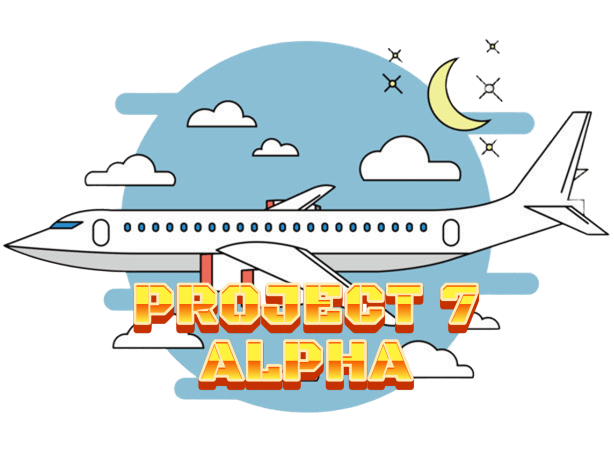project7alpha.com – The Democratic Republic of Congo (DRC), a vast country in Central Africa, has been marred by violence and unrest for decades. Despite its rich natural resources and potential for economic prosperity, the DRC has been plagued by conflict, political instability, and humanitarian crises. This article delves into the roots and repercussions of the violence in the DRC, highlighting the challenges faced by its people and the international community’s efforts to restore peace and stability.
Historical Context
The history of the DRC is marked by colonial exploitation, dictatorship, and conflict. From the brutal rule of King Leopold II of Belgium in the late 19th and early 20th centuries to the dictatorship of Mobutu Sese Seko, who renamed the country Zaire in 1971, the DRC has suffered under oppressive regimes. The First and Second Congo Wars, which began in the late 1990s, involved multiple African nations and led to the deaths of millions, making it one of the deadliest conflicts since World War II.
Roots of Violence
The violence in the DRC is multifaceted, with several interconnected factors contributing to the ongoing unrest. These include:
Ethnic Tensions
The DRC is home to over 250 ethnic groups, and ethnic tensions have often erupted into violence. Land disputes, competition for resources, and historical grievances fuel conflicts between different communities.
Economic Exploitation
The DRC is rich in minerals such as cobalt, copper, gold, and diamonds. The exploitation of these resources has been a significant driver of conflict, with various armed groups, foreign governments, and multinational corporations vying for control over mining areas.
Political Instability
Corruption, lack of governance, and power struggles have created a vacuum that armed groups and foreign powers have exploited. The central government’s inability to assert control over the entire country has allowed militias to operate with impunity in many regions.
Humanitarian Crisis
The violence in the DRC has led to a severe humanitarian crisis. Millions of people have been displaced, living in dire conditions without access to basic services. Sexual violence is rampant, used as a weapon of war, with women and girls being particularly vulnerable. The conflict has also disrupted healthcare, education, and economic activities, exacerbating poverty and malnutrition.
International Response
The international community has made several attempts to address the conflict in the DRC. The United Nations has deployed a large peacekeeping mission, MONUSCO, to protect civilians, support the peace process, and assist in the disarmament of armed groups. Additionally, various diplomatic efforts have been made to negotiate peace agreements and promote dialogue among conflicting parties.
Challenges and Prospects for Peace
Despite these efforts, achieving lasting peace in the DRC remains a formidable challenge. The complexity of the conflict, the involvement of multiple actors, and the deep-seated issues of governance and economic exploitation make it difficult to find a comprehensive solution. However, there are glimmers of hope. Grassroots movements, civil society organizations, and international partners continue to work towards peacebuilding, promoting reconciliation, and advocating for justice and accountability.
The path to peace in the Democratic Republic of Congo is fraught with obstacles, but the resilience of its people and the ongoing efforts to address the root causes of violence offer a pathway towards a more stable and prosperous future.
